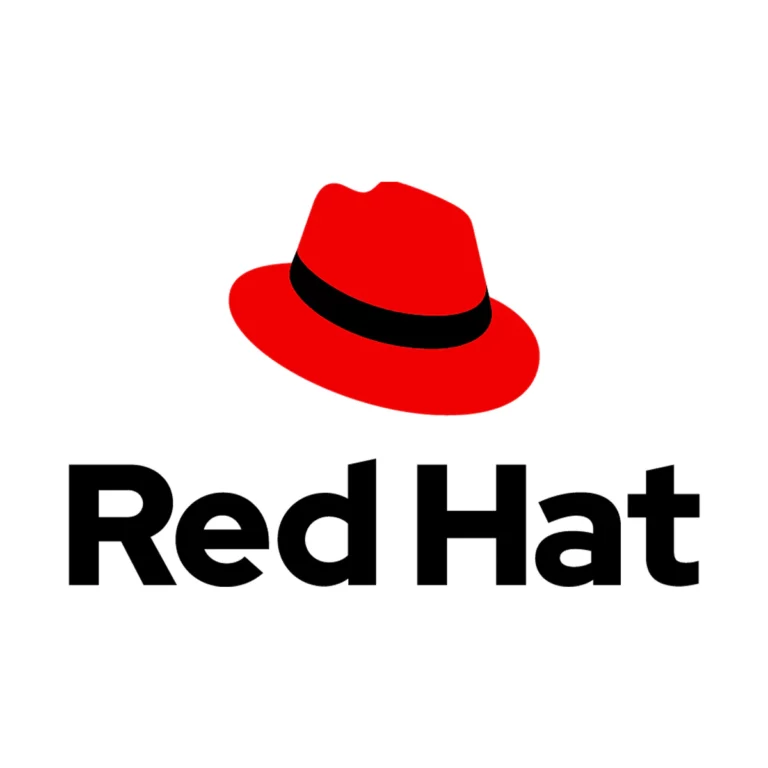Many CIOs have begun thinking about virtual desktop infrastructure (VDI). In fact, it is probably one of the top three initiatives on their list. If they have not yet dipped their toes into the VDI pool, they are probably exploring ways to look into it. VDI is still young in terms of maturation, but it will undoubtedly explode over the next few years, especially given the expected adoption rate of Windows 7.
One of the reasons for the buzz around desktop virtualization is that it is garnering positive results for most companies across the board. According to a recent report by Zona Research, the total cost of ownership for organizations with VDI is greatly reduced. Not only did these companies realize an 80% savings in maintenance, but they also realized lower capital and operational expenses, and significant increases in productivity.
With so much information swirling around VDI today, it can be challenging to sort through all the reports and figure out what your business needs. To help simplify this daunting task, consider thinking about VDI in three parts: what it is; how it should be viewed; and how companies can implement it.
What Is VDI?
In terms of overall benefits, VDI enables technology staff to manage the company’s desktop environment as a dynamic service offering. This allows the IT organization to move the components of the desktop environment inside the data center and deliver the applications, the user personality and even the OS itself on demand.
The technology itself is a server-hosted virtual desktop computing platform that centralizes endpoint images as virtual machines, rendering the endpoint device irrelevant. When needed, IT staff can quickly add or patch applications from the data center, and the next time the client accesses their image the applications and operating systems are in full corporate compliance without the need to push an update. Upgrading to Windows 7 is easier in combination with application virtualization. Disaster recovery, which has historically been aligned with server- based applications and data, can now be more easily aligned with end-user data historically stranded on the endpoint. Aside from giving the tech staff a “central control setup,” users access the same customized desktop setup from their desk or a remote location.
How To Think About VDI
Before getting into the seven-step process for how to implement VDI, think about the current architecture and how it services the organization. Chances are that most organizations would like to have better control of end-user desktops and applications; maintaining the desktop environment has a huge operational impact on an IT organization’s resources. The three primary components that the IT group must contend with while managing the desktop environment are the applications, the user experience, and the operating systems.
Regarding the applications, there are the managed apps (the ones you know about) versus non-managed maverick installs (the ones you don’t know about), the registry setting changes, the patches, and the complex validation of successful updates across a disparate geography of end users. This alone creates an environment where the organization’s desktop environment is in varying states of compliance.
For the end-users and their daily experience, there are access rights to domain resources, privileges for printers, mobility issues, profile set ups and other directory services that need to be delivered consistently, regardless of location or device.
Both applications and end-users affect the operating systems. Each image may have different device driver requirements, and with the hardening of the operating systems for the desktops along with the ongoing patch management, there is a myriad of tightly integrated dependencies between the apps, users and OSes. The pending deployment of Windows 7 in most organizations only serves to exacerbate the problem given the daunting task of having to re-test and validate all of these relationships.
The main point is this: All of this activity is focused outward from the administrative staff’s point of view.
Enter the concept of virtualizing the desktop environment. This allows organizations to change the focus of the activity. With application virtualization, IT can decouple the applications from the operating system and deliver the right application set to the right users. From a user experience perspective, you can leverage profile management tools that provide the same user profile regardless of what type of device and where the device is located. And finally, the overall benefit to the operating system is that your OS images are cleaner, centrally controlled and delivered as a service to the right people at the right time.
VDI is about changing the control of an externally delivered and managed resource to a centrally controlled and managed service, which can be delivered consistently and effectively against service levels on an as-needed basis, regardless of the external environment to which it’s delivered.
This change in orientation of the desktop environment can be a complex shift for any IT organization. At the same time, there are critical drivers, such as Windows 7, BC/DR strategies and corporate mergers and acquisitions, which offer organizations the perfect opportunity to evaluate the desktop environment.
After determining how and if this shift will work for your organization, consider the following seven-step process for a successful implementation, while keeping a strategic approach in mind.
Step 1: Develop the business case
As you are probably aware, it all begins with building the business case. Start by providing stakeholders with the documentation necessary to support your project. This information should include understanding the current mechanisms and challenges around physical desktop management, including refresh durations and complexity, Windows 7 deployment, OS and application patching and maintenance procedures, offshore and non-employee access, and finally, regulatory compliance, which is especially necessary in protecting sensitive information.
As part of this step, you’ll want to identify the organizational costs associated with physical desktop management so that you can justify the migration to a virtual desktop infrastructure. Also remember to break down the costs of the staging and deployment of new desktops. Break out fixed activities, factor in the cost of downtime and lost productivity, as well as the cost of a hardware refresh.
Step 2: Understand the existing infrastructure
To understand your company’s existing infrastructure, you need to assess your virtual, remote and storage environments.
In assessing your virtual environment, examine the current rate of virtualization within your organization. The goal is to determine the percentage of your server environment that is virtualized and the hypervisor vendor mix along with the distribution.
Next, examine the remote-access environment. Look at the current state of network access for remote users, as well as the current state of security architecture for these users.
The final part of this step involves viewing the storage environment. You will want to determine if you should utilize new storage for your desktop infrastructure, or if you can leverage the existing infrastructure. Think about evaluating protocol options such as Fibre Channel, iSCSI or NAS, and consider which performance and monitoring tools are going to be used to evaluate storage and performance.
Step 3: Determine the desktop user environment
In determining the user environment, what percentage of users are local versus remote? Break out the percentage of non-employee users (contractors, partners) that also have to be included in the planning. Are they knowledge users or task users?
Next, determine the end-user experience requirements. Consider important details such as user profile persistence, single vs. multiple desktop needs, granular USB redirection, printing requirements, audio profile (one-way or two-way), and monitor support.
Also, conduct an application virtualization assessment to analyze and capture important metrics such as executable size, device drivers installed per application, total number of application users and average load time.
Application virtualization is critical to accelerating application deployment and simplifying application migration. By decoupling applications and settings from the OS, you can manage any endpoint as a generic device, making complex OS upgrades a non-event.
Step 4: Assess the physical desktop environment
Analyze the current desktop environmental metrics, including network, CPU, storage and memory statistics. Also assess the user personality and profile location, including for mobile users, off-line needs and stationary task workers.
Finally, develop a playbook or roadmap for your implementation priorities. Prioritize users based on complexity factors derived from the assessment. Determine sizing factors within the virtual infrastructure based on the assessment. This should include peaks in utilization, storage implications for monolithic 1:1 mapping of images versus a linked clone approach for deployment and performance evaluations from desktop to storage.
Looking at all these metrics will enable you to select a variety of tools that will maximize OPEX savings in your deployments.
Step 5: Mapping the solution options
In step five, it’s time to examine the major architectural options available. Typically a vendor-independent approach provides the freedom and flexibility to pull together the best mix of technologies for your specific set of requirements. This solution could include a combination of VMware, Citrix, Microsoft, or Sun—whatever best-of-breed technology blend will best meet your business and IT needs now and in the future.
Consider all of the major architectural options, and map desktop delivery options to previously captured end-user experience and expectations. Look at your remote protocol choices and their impact across network, security and performance.
Next, map out application virtualization, including the pros and cons of rolling that into a larger VDI scope or setting it apart for separate consideration. Include the delivery mechanism and packaging options—all of the necessary requirements for successful VDI implementation.
Step 6: The pilot implementation
Create a framework for pilot implementation on a subset of users. Define various test metrics and scenarios as well as success criteria for the pilot. In order to conduct a successful proof-of-concept or technology bake-off, the three following things need to be clearly understood about your environment and requirements:
–What does success look like for your organization? Setting up measurable, deterministic success criteria for your specific data center environment is imperative.
–Have you benchmarked the current end-user experience in the physical realm? If end-user experience suffers in the virtualized environment, the whole project is likely to collapse.
–Have you ensured that all of the interlocking products that comprise the overall proof-of-concept environment are configured correctly, optimally and in a supportive fashion? If they are not, your results will be meaningless.
Based on the findings, develop a plan and design a VDI framework that includes best practices, deployment reference architectures, milestones and project management resources.
Step 7: Implement and manage VDI
At this stage, you are finally ready to implement VDI. Determine project management resources, schedule a rollout date, develop project timelines and select the ideal resources to meet the business and IT needs. Part of the process will be to create a feedback loop for continual process improvement. You will also want to capture performance metrics so optimal performance is achieved.
VDI is a sure thing for organizations that want to improve management and user productivity, control costs and increase information security. Instead of letting the idea overwhelm your IT staff, think about it as a positive move towards the future. Simply ensure that you make the move in a deliberate, measured way that will bring success for the entire organization.





